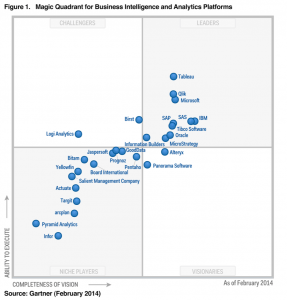Inventory Analysis: Affordable, Available, Actionable
For any manufacturer or distributor, the problem with inventory management is easily stated. Simply put, there’s often too much of the stuff that isn’t selling—and far too little of the stuff that is selling.
The result? Disappointed customers, stock-outs and lost sales—combined with shelves groaning with inventory that nobody wants.
Put like that, the mismatch sounds almost comic. But to companies wrestling with just this problem, it’s a quandary that’s very real, and far from laughable.
For in today’s business climate, lost sales and disappointed would-be customers can be very bad news indeed. What’s more, the financial drain of financing unwanted inventory can be crippling. Because while banks are admittedly more willing to lend than they were at the height of the financial crisis, borrowing limits are tight, and terms are expensive.
So what’s to be done?
Inventory analysis: cheaper than ERP, easier than best-of-breed.
Fancy inventory optimization algorithms can help, of course. So can advanced forecasting techniques.
The latter help you to more accurately predict the customer demand that you’ll face; the former help you to better meet those customer demands with available stock.Inventory analysis: under control, faster and cheaper.
Which is why, of course, so many manufacturers and distributors—especially those with elderly or partially-implemented ERP systems—try the ‘sticking plaster’ approach of spreadsheet-based analysis.
Inventory analysis: self-financing actionable insights.
At Matillion, we know that most of our customers come to us wanting a low-cost, effective Cloud BI solution that can be implemented quickly. And usually, financial reporting and analysis is fairly high on their agendas.
Do you like this article? Share this article if you like and if you have any opinions, leave us comments below or send us a message.























































